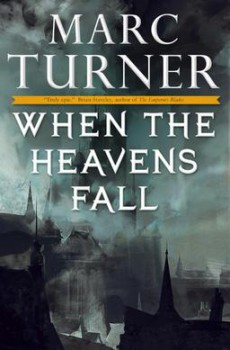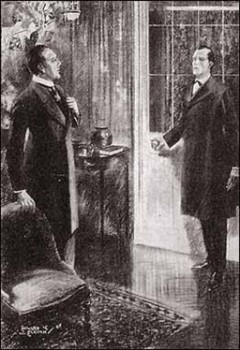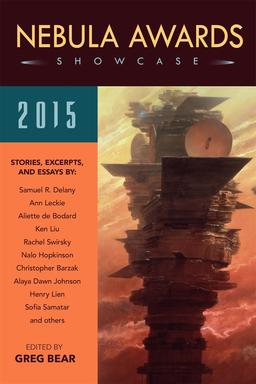Wandering the Worlds of C.S. Lewis, Part III: Dymer
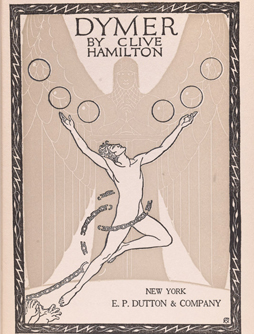 This is the third in a series of posts about the fictions of C.S. Lewis. I began on Sunday with a look at his juvinilia, published in Boxen: Childhood Chronicles Before Narnia, and then yesterday looked at his first book of lyric poems, Spirits in Bondage. Today I round out my look at Lewis’ early works with some thoughts on the first of his long narratives to be published, an epic poem called Dymer, written while he was struggling to get a job as a professor and while he was in the process of moving from strict atheism to belief in Christianity. I also take a look at his short story “The Man Born Blind,” probably written soon after Dymer was published.
This is the third in a series of posts about the fictions of C.S. Lewis. I began on Sunday with a look at his juvinilia, published in Boxen: Childhood Chronicles Before Narnia, and then yesterday looked at his first book of lyric poems, Spirits in Bondage. Today I round out my look at Lewis’ early works with some thoughts on the first of his long narratives to be published, an epic poem called Dymer, written while he was struggling to get a job as a professor and while he was in the process of moving from strict atheism to belief in Christianity. I also take a look at his short story “The Man Born Blind,” probably written soon after Dymer was published.
In 1922 C.S. Lewis recorded in his diary that he had “started a poem on ‘Dymer’ in rhyme royal.” His phrasing’s interesting: a work “on” Dymer, as though it were a well-known subject. “Dymer” was already a familiar story to him. He’d written it out in prose in 1917, one of his first mature prose works to use modern diction and avoid the archaisms of William Morris’ novels. Late in 1918 he wrote in a letter that he’d just completed a “short narrative, which is a verse version of our old friend Dymer, greatly reduced and altered to my new ideas. The main idea is that of development by self-destruction, both of individuals and species.” Nothing of this version seems to have survived in the 1922 poem, which was finished in 1925 and published in 1926 to mixed reviews.
Dymer is a fast-moving poem, and it’s to Lewis’ credit that few or none of the rhyme royal stanzas seem to solely serve the plot; each stanza has some image or line striving to catch the eye. On the other hand, the striving’s often too obvious. The quick pace also means some material feels underexplored, while incidents on the whole come too quickly. Much as one must grant some poetic license, questions can’t help but arise. Some key events reported to Dymer feel underexplored, and some plot elements feel abandoned too easily. Symbolism is occasionally obtrusive. Lewis himself wrote in his diary on June 22, 1922 that he was dissatisfied at “having now left the myth and being forced to use fiction[.]”
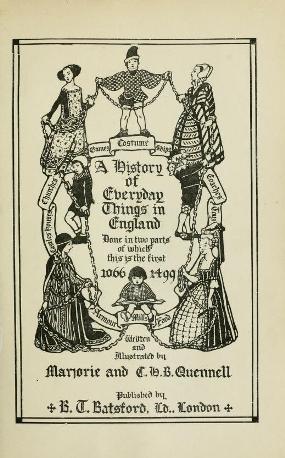


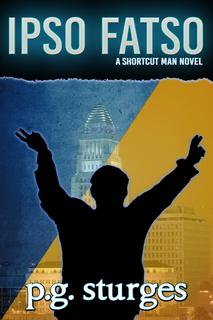
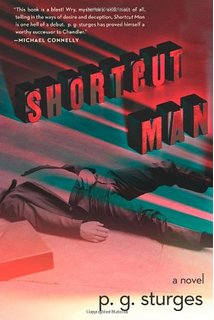
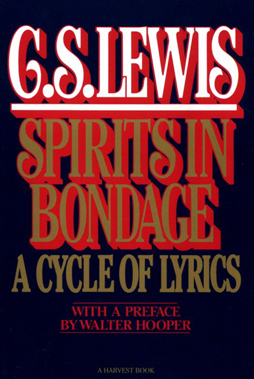 Yesterday I began a series of posts looking at the fiction of C.S. Lewis. Lewis has an unusually varied body of work, and I intend to wander through it chronologically and see what leaps out at me.
Yesterday I began a series of posts looking at the fiction of C.S. Lewis. Lewis has an unusually varied body of work, and I intend to wander through it chronologically and see what leaps out at me. 